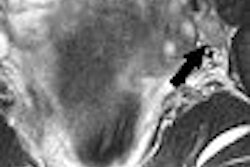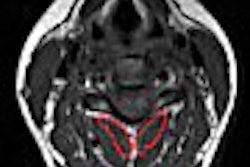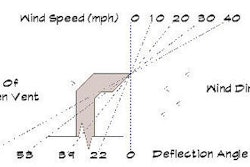The U.S. Food and Drug Administration has updated its advisory on using gadolinium-based MRI contrast agents in patients with moderate to end-stage kidney failure, after receiving additional reports of patients who developed a rare disease following gadolinium administration.
The FDA said that as of December 21 it had received reports of 90 patients who developed nephrogenic systemic fibrosis or nephrogenic fibrosing dermopathy (NSF/NFD) after receiving gadolinium-based contrast as part of an MRI or MR angiography study. Worldwide, about 215 patients with NSF/NFD have been reported; of these, the medical histories of 75 were reviewed in detail, and all had received gadolinium contrast, the FDA said.
Reports began surfacing in June 2006 that patients were developing NSF/NFD following gadolinium studies, and at the time the FDA said it had learned of 25 cases.
In its latest advisory, the FDA said that cases of NSF/NFD began from two days to 18 months after exposure to gadolinium. Many, but not all, of the patients received a high dose of the contrast, and some received only one dose.
In light of the reactions, the FDA issued the following advisory:
Patients who believe that they may have NSF/NFD should contact their doctor. NSF/NFD is characterized by areas of tight, rigid skin and scarring of body organs. Signs of NSF/NFD also include: burning, itching, swelling, hardening and tightening of the skin; red or dark patches on the skin; yellow spots on the whites of the eyes; stiffness in joints with trouble moving or straightening the arms, hands, legs, or feet; pain deep in the hip bones or ribs; and muscle weakness.
Physicians should try to choose imaging modalities other than MRI or MRA with gadolinium contrast in patients with moderate or end-stage kidney disease. If the patients must receive a gadolinium contrast agent, physicians should consider ordering dialysis promptly afterward.
Healthcare professionals and patients should report possible cases of NSF/NFD to the FDA through the agency's MedWatch program at 1-800-FDA-1088, or by the Internet at www.fda.gov/medwatch/index.html.
The agency said that there are five gadolinium-containing contrast agents approved for use with MRI: Omniscan (GE Healthcare, Chalfont St. Giles, U.K.), OptiMark (Mallinckrodt, Hazelwood, MO), Magnevist (Berlex, Montville, NJ), ProHance (Bracco Diagnostics, Princeton, NJ), and MultiHance (Bracco). The FDA said that while NSF/NFD cases have been linked to only three of the five products, the agency believes that there is the potential for the disease to occur with any of the agents.
By AuntMinnie.com staff writers
December 26, 2006
Related Reading
Link between gadolinium exposure and skin disease strengthened, November 22, 2006
FDA issues gadolinium health advisory, June 15, 2006
GE investigates Omniscan cases, June 12, 2006
Copyright © 2006 AuntMinnie.com



















